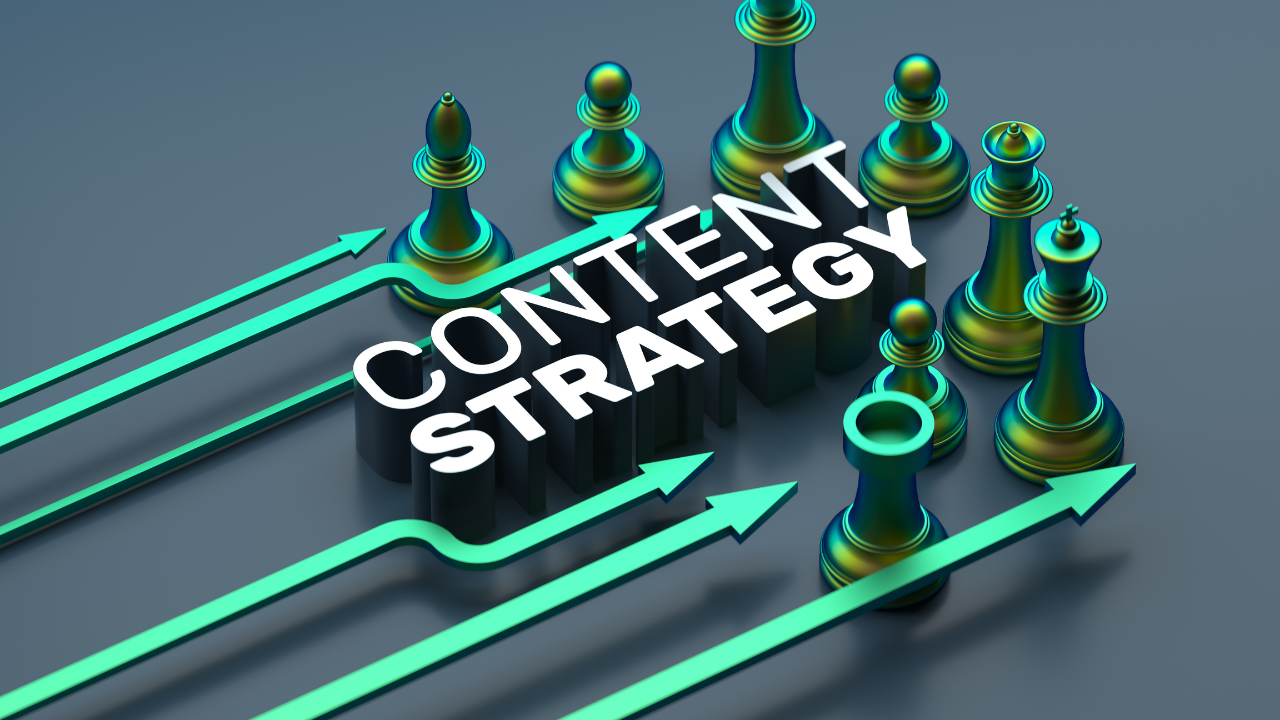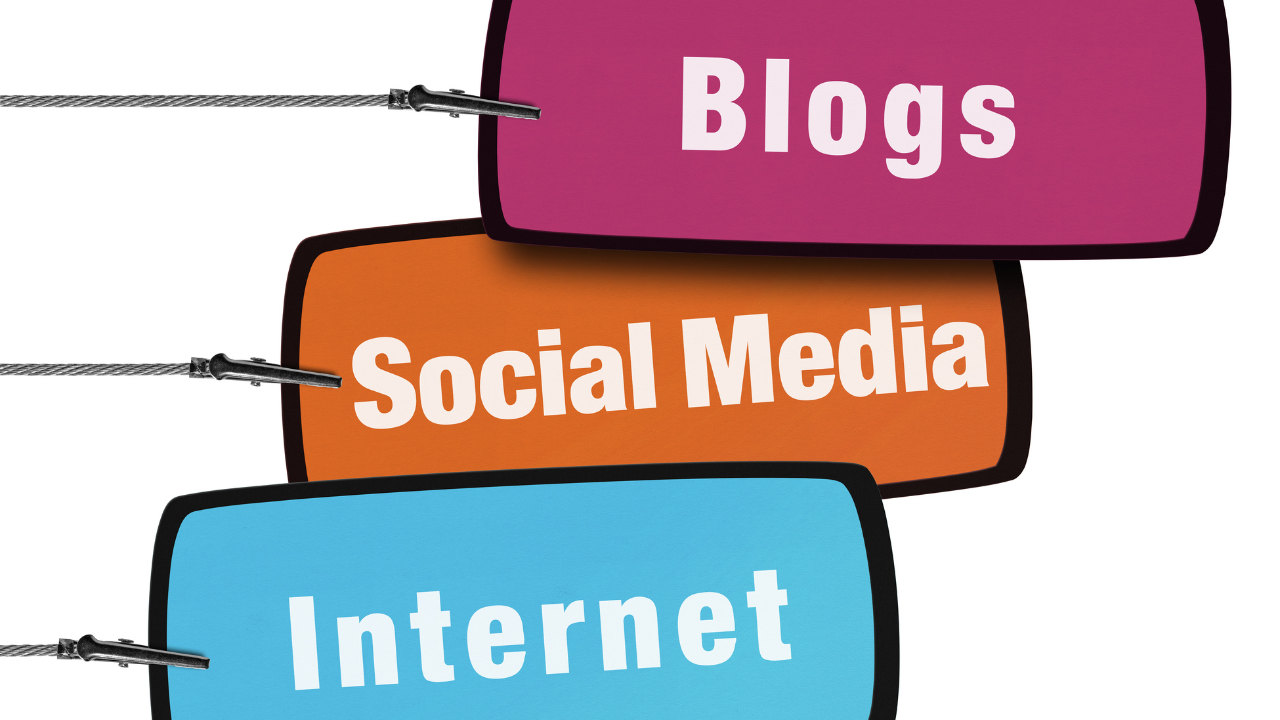Your top-performing content is slowly dying. Not because it was awful, but because you published it once and left it there. Most marketers treat content like a one-and-done: write, publish, and abandon. Meanwhile, your competitors are refreshing their pages, passing you by in rankings, and stealing your traffic. The solution isn’t additional content. It’s maximizing what you already have.
Let’s dissect creating a 12-month content refresh strategy that gets the most out of ROI without continuously reinventing the wheel.
Why Most Content Loses Traction After 90 Days
Content decay is a thing, and it strikes fast.
Most pieces take off after launch, then start to lose steam after 90-120 days. Rankings plummet. Traffic slows. Engagement withers.
Why it happens:
Algorithm changes: Google’s refinements can shift rankings in the dead of night. What flew in January might crash by April.
Fresher competition: Another person puts up a more comprehensive, newer article on your topic. Google rewards recency.
Stale data: Referencing 2023 figures in 2025? Search engines and readers notice.
Tech issues: Broken links and slow load time undermine performance.
Shifting audience needs: Last quarter’s concerns may no longer be relevant. Your content needs to keep up.
No long-term promotion: One-and-done launches are ineffective.
The silver lining? Decay doesn’t mean your work was in vain. It means it’s time for a refresh. And that’s a lot easier than starting over.
How to Identify Content Decay in Analytics
You can’t fix what you don’t measure. Start by auditing what assets are running out of steam and which still hold clout.
Your content decay checklist:
Traffic trends – In Google Analytics, flag any page down 20%+ over the last 3-6 months. These are your refresh priorities.
Keyword rankings – In Ahrefs, SEMrush, or Search Console, find pages that dropped from page one to two or three. That’s your target list.
Engagement signals – High bounce rates and low time-on-page mean visitors aren’t getting what they came for. Refresh or reposition the content.
Backlink velocity – If content stopped receiving links, it’s lost its cool. Reviving it revives linkability.
Conversion performance – Traffic without conversions means misalignment with today’s buyer behavior. Time to do a strategic refresh.
Need a deeper plunge? Read this guide on how to identify and turn around content decay.
Refresh vs. Repurpose: Which Is Better?

Once you’ve identified decaying assets, you have two main choices: refresh or repurpose. Both methods have their place in a smart content plan, but they serve different roles in your content cycle.
Refresh: Reviving Evergreen Content
Refreshing content is updating an existing piece to make it current, correct, and more relevant. You’re using the same URL, the same core subject, but improving on what you already have. This is fantastic for evergreen content that has deep foundation value but needs a facelift.
When to refresh:
- The post still ranks but is declining
- The topic is still relevant, but the facts are outdated
- You’ve got a good backlink profile you’d prefer not to alter
- The copy mirrors your current strategy
What refreshing looks like:
- Updating statistics and anecdotes
- Boosting readability and structure
- Adding new sections or breaks
- Optimizing for current keyword trends
- Enhancing visuals, CTAs, or internal links
Repurpose: Extend Your Content’s Reach
Repurposing content means taking the original concept or research from one article and reworking it for another medium. You’re not creating duplicate work; you’re doubling its value.
When to repurpose:
- You have a high-performing piece that could reach new audiences
- You want to extend content reach across channels (social, email, video)
- You’re looking to increase content output without redoing everything anew
- Different segments of your audience consume content in different ways
What repurposing looks like:
- Turning a blog post into a LinkedIn carousel or infographic
- Extracting quotes to use on social media
- Creating a video walkthrough or podcast episode
- Building an email series from a long-form guide
- Creating a lead magnet or downloadable resource
The most effective content refresh strategy employs both. Refresh your best performers to continue ranking and being relevant. Repurpose them to drive reach and engagement on all channels where your audience appears.
If you’re curious how content strategy affects brand health in general, this article, “Why Your SEO Strategy May Be Killing Your Brand,” provides an insightful perspective.
How to Measure Lifecycle ROI Across Campaigns
When you’re refreshing content, you need proof it’s worth it. Here’s what to track:
Traffic lift – Compare traffic before and after a refresh at 30, 60, and 90 days. A quality refresh recovers lost traffic or exceeds past peaks.
Ranking improvements – Monitor keyword ranking on a weekly basis. Is your refreshed content climbing back up?
Engagement gains – Track time on page, scroll depth, and bounce rate. Better content holds people’s attention longer.
Conversion influence– Monitor form fills, demo requests, signups, or sales of renewed content. Content must drive business results.
Repurposing reach – Monitor each format on its own: LinkedIn impressions, lead magnet downloads, video views. Each channel has its own success metric.
Cost savings – Compare refresh time to producing new content. If a 3-hour refresh produces the same outcome as an 8-hour new piece, that’s your ROI.
Long-term value – Track cumulative traffic and conversions after 12 months. Well-cared-for evergreen content reaps rewards.
To discover more about writing content that truly converts, find out what makes SEO content work.
Building Your 12-Month Content Refresh Schedule
Imagine your content life cycle as a garden of flowers. You don’t replant every year; you nurture what’s already growing. A structured, 12-month content refresh strategy allows you to maintain and maximize what you’ve already planted.
This is how to make one:
Months 1-3: Audit and rank. Scan your content inventory. Identify pieces with declining traffic, old information, or lots of hidden potential. Rank it by traffic, rankings, and strategic potential.
Months 4-6: Update your top performers. Feature your most-visited content. Refresh stats, improve structure, add new insights, and optimize for current keywords. Republish with new dates to signal freshness to search engines.
Months 7-9: Repurpose quality content. Turn your best-performing posts into something new. Convert them to social assets, email sequences, video scripts, or downloadable guides. Expand reach without expanding workload.

Months 10-12: Check and repeat. Watch the performance of your refreshed and re-purposed content. What worked? What didn’t? Use these insights to improve your approach for the next wave.
Quarterly check-ins. Every quarter, review your analytics to spot new content rot. Include struggling pieces on your refresh list. This ongoing process keeps anything from slipping through.
Seasonal refreshes. If you’re maintaining content that is year-specific, event-specific, or trend-specific, budget for refreshes in advance. Refresh holiday content prior to the season, not a week into it.
Keep evergreen assets up to date. Your most valuable evergreen content needs to be audited at least twice a year. These foundation pieces anchor your authority and are deserving of consistent attention.
Building trust and authority is critical in modern search. Learn more about why E-E-A-T matters in today’s SEO.
Scale Smarter, Not Harder
The best content plan isn’t a never-ending series of creation; it’s systems that make every piece work harder and longer.
A 12-month lifecycle approach lets you observe what’s falling, renew what’s worthwhile, and reuse what’s working on every channel. You don’t need to reinvent the wheel every quarter. You just need a plan to keep it spinning.
Ready to make a content refresh strategy that pays off? At Penmo, we help businesses develop, refine, and expand content that works with full audits and strategic refreshes.

